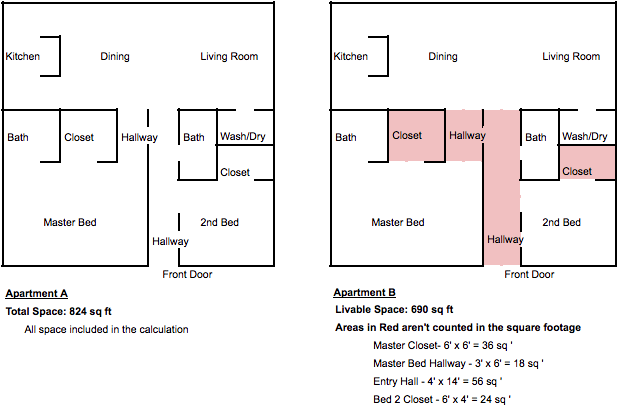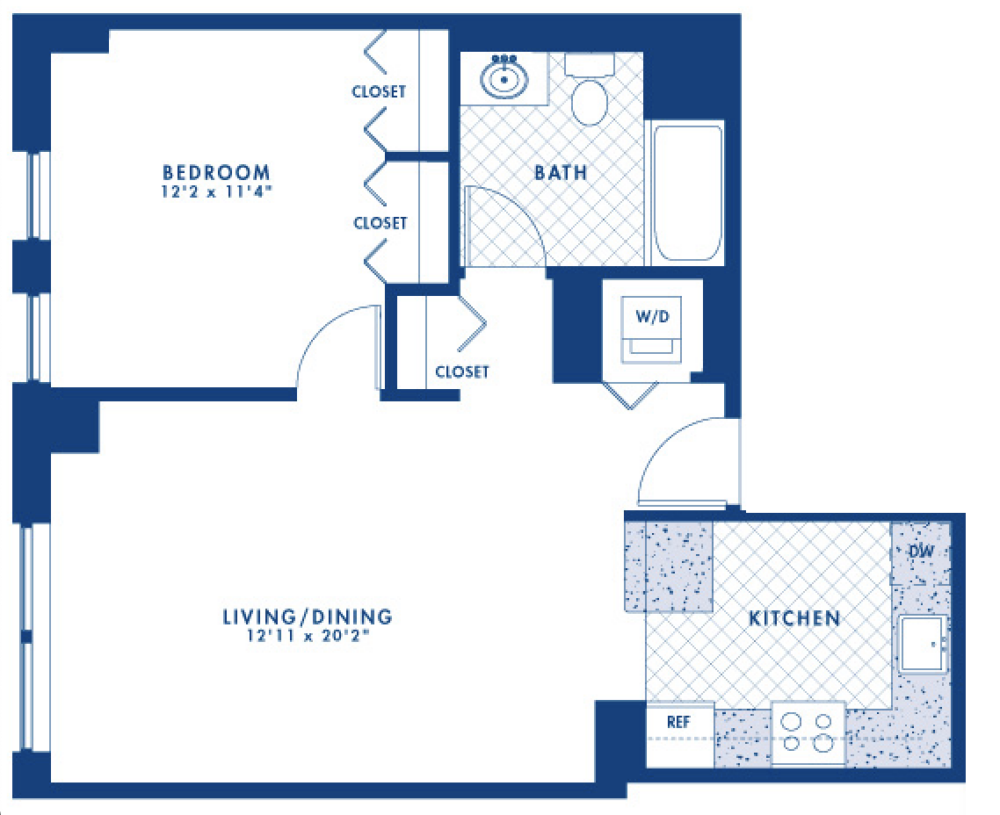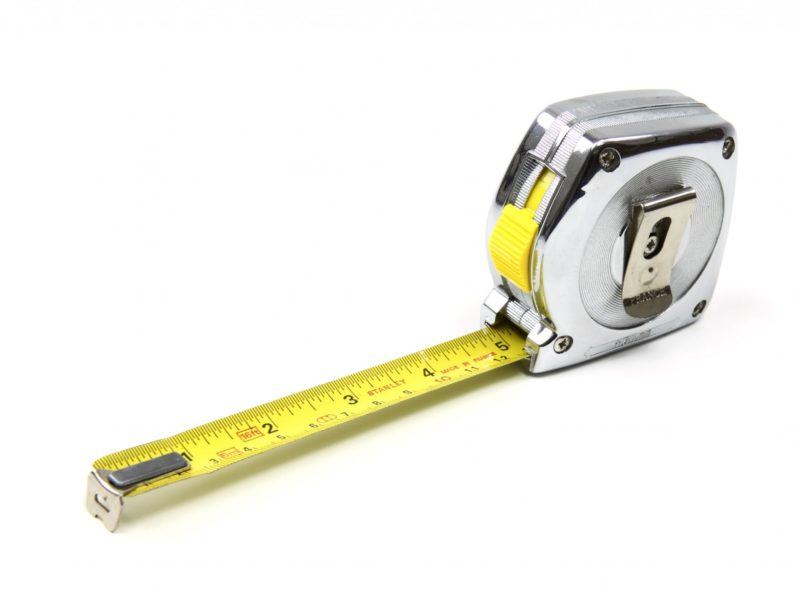You’re apartment hunting and can’t figure out why the 600-square foot studio apartment feels bigger than the 700-square foot one bedroom.
- Is this apartment really smaller than the last?
- Is there more than one way to measure square footage?
- Why waste time looking at apartments that are smaller than what I want?
- Does the square footage even matter?
If you’re feeling lost, you’re not alone. Measuring square feet is confusing.
I recently asked a customer how big his current two-bedroom apartment was. “Hmmm…I would guess it’s about 900-1000 square feet. Actually, I’m really bad at estimating square feet. I try to picture how many shoe boxes could fit in the apartment.”
Shoe boxes aren’t easy to imagine. For most of us, neither is square feet.
Is This Apartment Smaller Than The Last One?
Not necessarily. There is no universal method of measuring square feet that developers, architects, management companies and consumers have agreed upon, so it’s important to understand what is included in the square footage measurements when you view a floor plan.
Here is an example of a two-bedroom apartment marked with two different square footage measurements:

For Apartment A, the square footage is labeled using the “total space” method, which includes the closets, hallways and storage areas.
For Apartment B, the square footage is labeled using the “livable space” method. In this case, the areas identified in red are not included in the calculation. The space is not only equally as usable, IT’S THE SAME SPACE, even though the number is smaller.
If your goal was to live in an apartment that was at least 800 square feet, this little detail could be quite important!
Is There More Than One Way to Measure Square Footage?
Turns out, there are at least five. We were a little surprised as well. Here’s a simplified breakdown:
- Walls-out method: measured from the inside and taken from architectural drawings.
- ANSI method: measured from the exterior of the property, walls aren’t subtracted.
- Walls-in method Total Space: includes closets, storage, and non-livable spaces.
- Walls-in method Livable Space: excludes closets and non-livable spaces.
- The estimating method: yes, this is a thing.
Measuring square feet is vague because no one is required to define which method they used when they attached their square footage number to the apartment listing. Wouldn’t it be nice if every apartment adhered to the same method?
Why Waste Time Looking at Apartments that are Smaller than What I Want?
Because the listed square footage is not as important as you think.
Have you ever said this to yourself:
“I can’t live in less than X square feet. There is no way my stuff will fit.”
Think again
I’ve had customers cancel their applications to units of over 800-square feet, opting for the following 690-square-foot one bedroom unit because the layout better served their needs.

The direct entry to the living quarters, square rooms, and lack of hallway means this apartment smartly utilizes the most area for the available square footage.
Does the Square Footage of My Apartment Even Matter?
I used to think the square footage measurement was super important – until Mr. Shoebox.
When I asked him to describe his current apartment further, he said, “My roommate doesn’t have room in his bedroom for a dresser, so his dresser is in our living room, which is about half the size of the room we’re currently standing in.”
Now we’re talking in terms people understand – furniture placement (not square footage)! Time and time again, I have customers tell me that the vacant unit they toured “felt” smaller than the furnished unit when, in fact, the vacant unit was bigger.
A 100 square foot room can feel much bigger if it is furnished properly. Furniture placement allows you to assess and scale the space. On the other hand, empty units can stifle visual placement.
All in all, apartment square footage is there for a reason. Its practical use tries to give the potential renter or buyer an idea of the size of the space they are considering. However easy it is to get side-tracked by this number; it doesn’t always accurately reflect the space itself.
When you’re looking for a hand in the process, drop us a note below. Here’s a little piece I put together on what to expect when working with an agent. Enjoy!
Similar posts
-

Advice and Tips
Apartment Living
Chicago Neighborhoods
Search Tips
Chicago’s Best Hidden Parks (and Where to Live Near Them)
-

Advice and Tips
Apartment Living
Search Tips
Explaining Net Effective Rent and What it Means for Chicago Renters
-

Advice and Tips
Apartment Living
Chicago Neighborhoods
The Most Bike-Friendly Neighborhoods in Chicago
